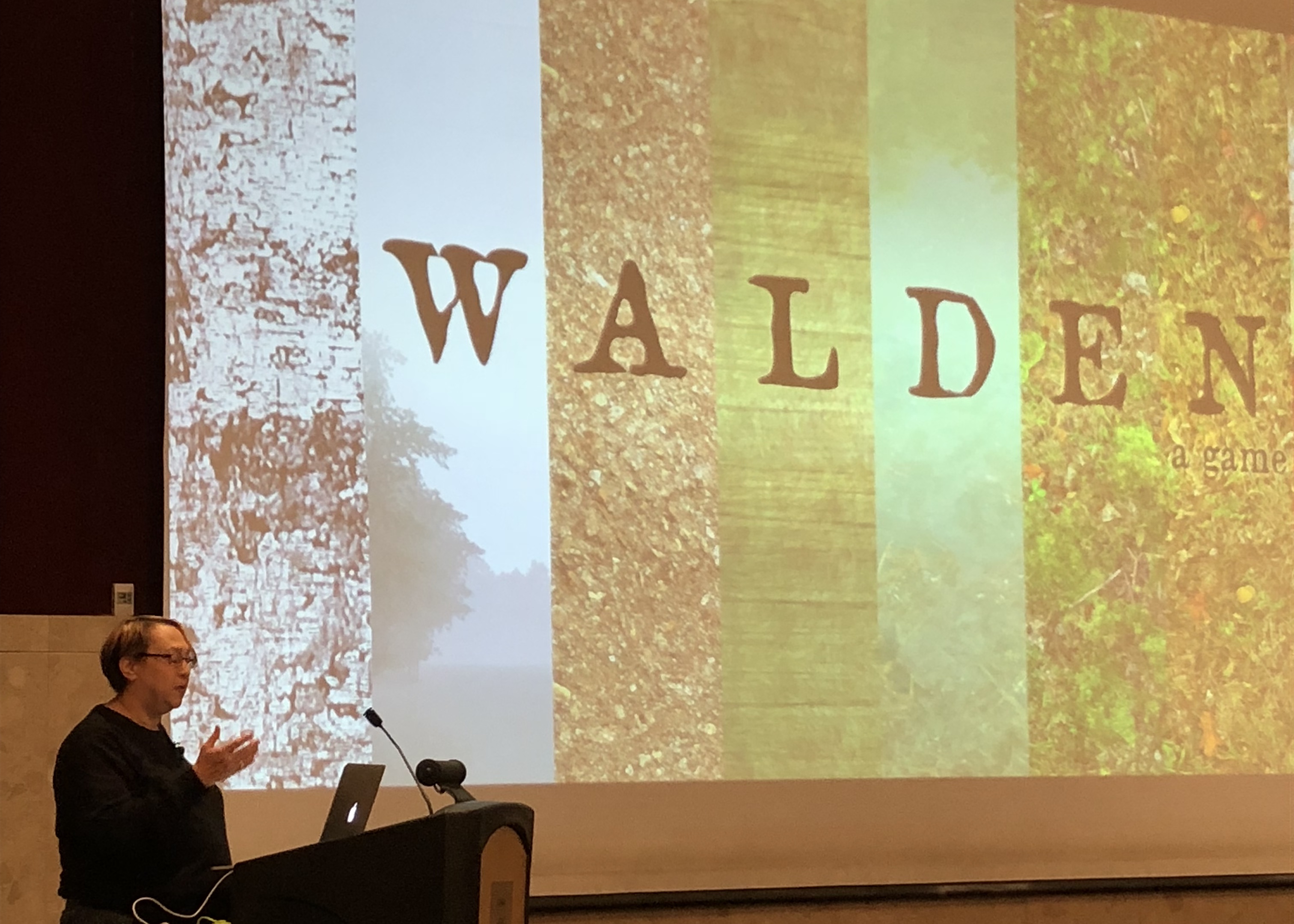Many games go beyond entertainment — they provide meaning by impacting players’ beliefs, emotions and behaviors.
On Oct. 11-13, the Game Design & Development faculty of the Department of Media & Information organized and hosted the Sixth International Conference on Meaningful Play, which attracted nearly 250 attendees from over 12 countries and 28 states. Held at the MSU Union, the conference brought together the gaming community and industry professionals to understand and improve games in meaningful ways.
“Meaningful Play is an important conference because it gives people in the industry, people in academia, game developers and also just people interested in games for purposes other than entertainment,” said Eric Walsh, Ph.D. graduate from Rensselaer Polytechnic Institute. “It gives us a chance to get together and collectively share our knowledge in a more intimate setting than a lot of the bigger conferences,”
Exploring Meaningful Play
Meaningful play symbolizes different things to unique game designers. With experts weighing in from the gaming industry and academia, the concept is explored through many various lenses. To Tracy Fullerton, director of the games program at the University of Southern California, meaningful play involves creating games featuring significant choices and reflection.
“Our opportunity as designers is not to simply offer more choices, which can range from the meaningless to the thoughtless, but to offer situations that offer more than choice,” said Fullerton.

Fullerton has worked on many games, but in her game Walden, she took the element of choice to the next level. Players balance between surviving in the woods through self-reliant living to seeking inspiration in the woods through attention to animals, sounds, solitude and books.
“Situations that spark a type of internal dialogue; situations of reflection, of mental and emotional play, that connect players more deeply to the themes of the game and how those themes resonate in our own minds,” said Fullerton. “This is what I call reflective play.”
Industry and academic experts explored the concept of how to put meaning into play by sharing original research, dissecting the norms in character and story design and demonstrating innovative game play. Whether the themes related to education or reclaiming history, each concept, proposal and game had its own flair.

Ready, Set, Play
In the evening following the speakers and workshops, Meaningful Play hosted the Conference Reception, Game Exhibition, and Poster Session. With video games and research posters decorating the maze of tables in the Ballroom, seasoned professionals and industry newcomers came out to show off their latest work and research.
Alex Tomkow, an independent game developer studying at Santa Monica College, explained how he designed a game that focuses on mental health and helping others.
“My game is called discomfort zone, and it’s a 2-D pixel art narrative about depression and anxiety disorders,” said Tomkow. “It tries to present those mental health issues in a realistic and unfiltered way to relate to people that are dealing with those issues, [and to help them] get through it and know they aren’t alone.”

From research posters to digital and non-digital games, people presented how their work provided meaning. As the exhibition came to a close, attendees reflected on what the Meaningful Play conference and exhibition meant to them.
“My favorite part has been being able to collaborate with other academics in the field and hearing what they have to say,” said Parker Thompson, a senior in MSU’s Media and Information program. “I’ve realized I have a million more things to learn, and I’m excited to keep learning about what this field has to offer.”
By Sierra Richards
Learn more about Game Design and Development at MSU

